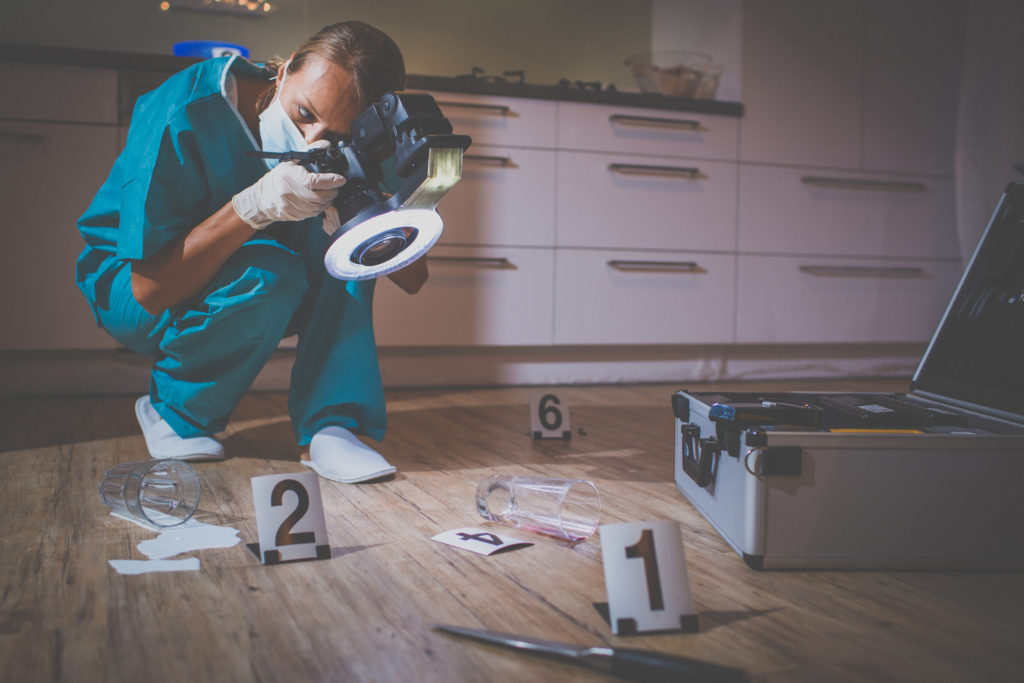In our first blog, we discussed camera modes and how to make the best choice as a forensic photographer. We continued to emphasize the importance of making good photography choices – regarding exposure controls, camera lenses, metering modes and more. Now, we will jump end this blog series with using flash – specific to forensic photography.
Become a Master of the Light
We’ve said before in this blog series that photography requires mastery of light. Make the best use of ambient light, and when there isn’t enough to go around, bring your own. Learn to make friends with your electronic flash, and you’ll rarely have a poorly lit photo. Think of it as simply another exposure variable – it works in concert with aperture, shutter speed, and ISO.
Flash units come in two basic varieties: on-camera (or “pop-up”) and off-camera. Depending on the complexity of the camera and the flash unit, either can be adjusted to perform as you see fit. The advantage of an on-camera flash is convenience – it’s always on the camera. But trade-offs are significant. The unit will always point straight ahead, and it’s not as powerful as most off-camera flash units. Still, an on-camera flash is useful for small, tight spaces and some fill-flash applications.
An off-camera flash is an essential piece of forensic photography equipment. The ability to control light in a desired direction is essential: illuminate trace evidence, eliminate reflections, and show texture. The flash should be high-powered, capable of manual operation, and its head should tilt and swivel. The unit need not be from the same manufacturer as your camera, but it should be compatible with it. Determine this by examining the arrangement of contacts on the bottom of the flash and the hot shoe of the camera.
To get the most out of your off-camera flash, you have to be able to take it off-camera, either with a sync cord or a wireless transmitter/receiver system.
This frees you from the limitations of direct flash and lets you employ other lighting techniques such as;
- bounce flash.
- oblique lighting.
- transmitted lighting.
- painting with light.
Once you remove the unit from the camera, you may change the original flash-to-subject distance. This may skew the accuracy of light readings obtained by the sensor in the flash or meter in the camera and result in an improper exposure. One remedy is operating the flash in manual mode and adjusting its power output to correct the exposure error. You could also adjust aperture or ISO – remember, flash is just another exposure variable – but you risk lessening depth of field or introducing noise into the image.
Looking for additional information on forensic photography? Want to sharpen your skills and integrate spherical photography into your workflow? L-Tron offers a Forensic Photography Refresher course, geared towards escaping manual mode.
For more information on our next course, visit: L-Tron.com/intro-forensic-photography-course
